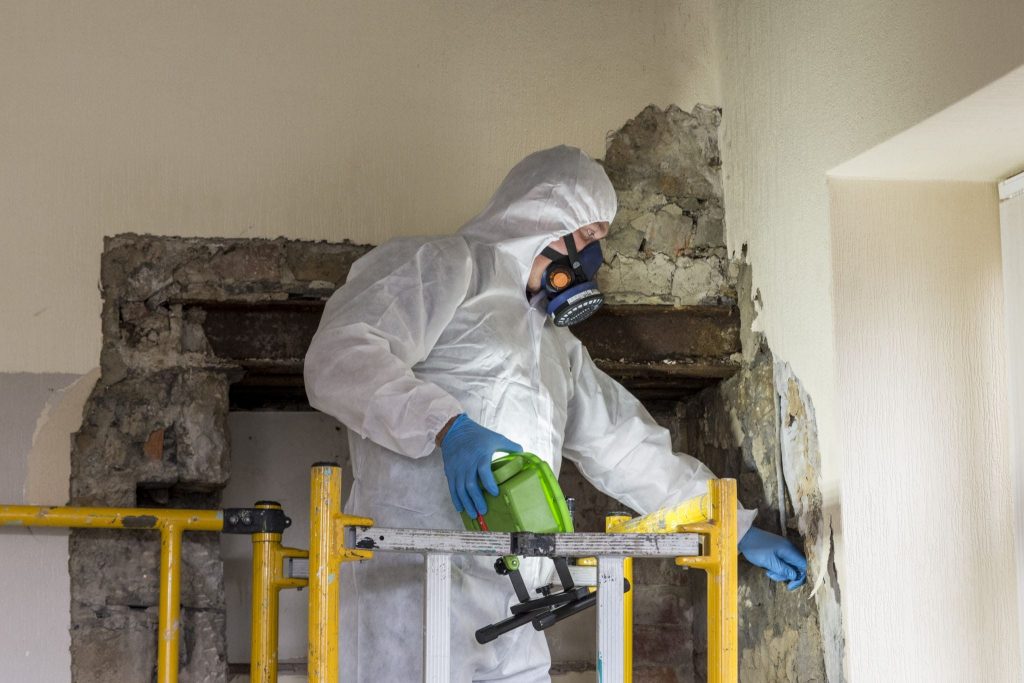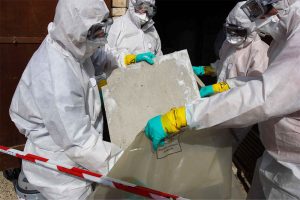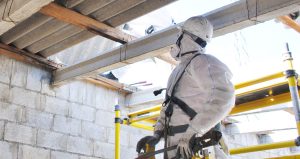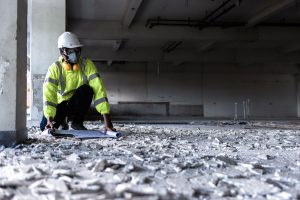Is All Asbestos Dangerous?
Asbestos is 100% natural. It’s found in rocks and iron ore and has been mined for hundreds of years because of its strength and insulating properties. And yet, it’s been responsible for thousands of deaths over the past century. As a cheap, naturally occurring mineral, asbestos was used extensively in the construction industry throughout the 1900s. By the 1980s the hazards of asbestos exposure were clear, and asbestos was banned for use in 1999.
What are the Dangers Associated With Asbestos?
Asbestos is made up of millions of microscopic fibres. If these fibres become airborne, they can easily be breathed in. Because of their sharp, jagged texture, asbestos fibres can lodge deep in your lungs and airways. Inhaled asbestos is unlikely to produce short term symptoms, but the long term effects can be devastating.
Many asbestos-related illnesses take decades to appear. Tragically, by the time they are diagnosed it’s often too late to do anything. The diseases associated with asbestos inhalation are:
- Mesothelioma. (A cancer affecting the lining of the lungs and the lower digestive tract.)
- Asbestos-Related Lung Cancer.
- Asbestosis. (A scarring of the lungs that causes chronic shortness of breath.)
- Pleural Thickening. (The lining of the lung thickens, causing breathlessness)
Different Types of Asbestos
Different kinds of asbestos were used for applications across the construction sector:
1. Chrysotile Asbestos (White Asbestos)
This comprises long, curly fibres which were ideal for weaving into fire blankets, thermal pipe insulation, roofing insulation, vinyl floor tiles and plaster.
2. Amosite (Brown Asbestos)
This is a highly dangerous form of asbestos because of its sharp, jagged composition. It was commonly used for: ceiling tiles, acoustic insulation, structural steel, insulation boards.
3. Crocidolite Asbestos (Blue Asbestos)
This is the most dangerous type of asbestos because its fibres are fine and sharp, so they cause the most damage if inhaled. They were used for: tiles, insulation and cement.
Contemporary Asbestos Exposure
During the 20th century the high-risk workplaces, where workeres were subject to sustained asbestos inhalation, were shipbuilding, power plants, railway engineering and construction. Nowadays, there is negligible risk of inhaling asbestos as part of your working practices. There is, however, a risk associated with working or living in buildings constructed prior to 1999.
Many houses and workplaces in the UK were constructed using Asbestos Containing Materials (ACMs). For the most part, these pose no risk to health as the microscopic fibres aren’t exposed. ACMs become hazardous only when damaged, or disturbed. This could be as a result of DIY work (in the home), or refurbishment (in the workplace).
How Do I Know if There Are ACMs Present?
If you’re buying an older property, or you manage a workplace that was built last century, it would be a good idea to get an Asbestos Survey carried out. This is a visual inspection, carried out by experts, which determines the risk of ACMs having been used. If hazardous asbestos is suspected, samples will be taken for analysis. Should these demonstrate a high risk, the asbestos should be removed by a licensed asbestos removals company.
Is all asbestos dangerous? Avanti investigates 3 types of asbestos and considers the risks for health posed by each one.



